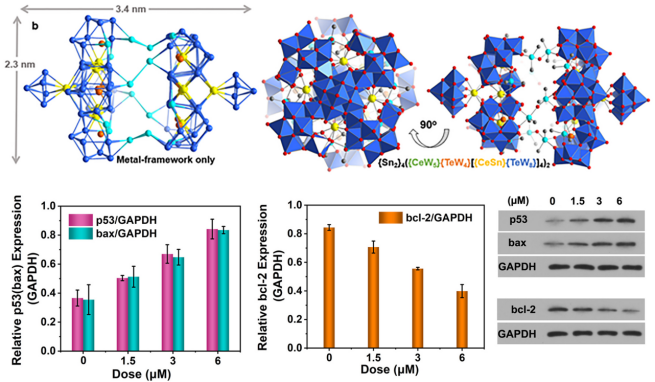
Figure 1. The structure of tungstate-oxo cluster and its Western Blot analysis
The hierarchical aggregation of molecular nanostructures from multiple components is a grand synthetic challenge. Recently, Prof. Jun-Wei Zhao’s group from School of Chemistry and Chemical Engineering of Henan University, and Henan Key Laboratory of Polyoxometalate Chemistry has made a great progress on the multi-component assembly of giant heterometallic polyoxotungstate supercluster with antitumor activity, which has been published on Angew. Chem. Int. Ed.
The controlled design of high-nuclearity molecular metal oxides is a cornerstone for bottom-up access to nanoscale functional metal oxides. However, balancing the competitive effects of each component and achieving their highly selective linkage control is the major challenge in realizing the hierarchical aggregation of molecular nanostructures from multiple components. Based on the previous research work on high-nuclear tungstate-oxo clusters, Zhao′s group developed the one-pot self-assembly strategy of multiple components and employed two cationic linkage groups (organometal and lanthanide ions) to drive the hierarchical aggregation of lacunary tungstate ions into a giant heterometallic polyoxotungstate supercluster, which broke through the bottleneck of multi-component self-assembly of organometal–lanthanide heterometallic tungsten-oxo clusters. Furthermore, its inhibitory effect on the proliferation of HeLa cells based on an apoptosis pathway is comprehensively evaluated by in vivo and in vitro experiments. This work not only provides the valuable guidance for the designed synthesis of multi-component self-assembly giant of molecular metal oxide superstructures, but also promotes the application of high-nuclear tungsten-oxo clusters in the anticancer field.
Prof. J.-W. Zhao (Henan University), Prof. Y.-F. Song (Beijing University of Chemical Technology) and Prof. C. Streb (Ulm University) are co-corresponding authors, and Henan University is the first author signature unit. This work is supported by the National Natural Science Foundation of China, the National Basic Research Program of China, the Program for Innovation Teams in Science and Technology in Universities of Henan Province and the First-Class Discipline Cultivation Project of Henan University.
Link:https://onlinelibrary.wiley.com/doi/10.1002/ange.202017318

 Research /
Research Achievements /
Science & Technology /
School of Chemistry and Molecular Sciences /
Content
Research /
Research Achievements /
Science & Technology /
School of Chemistry and Molecular Sciences /
Content


